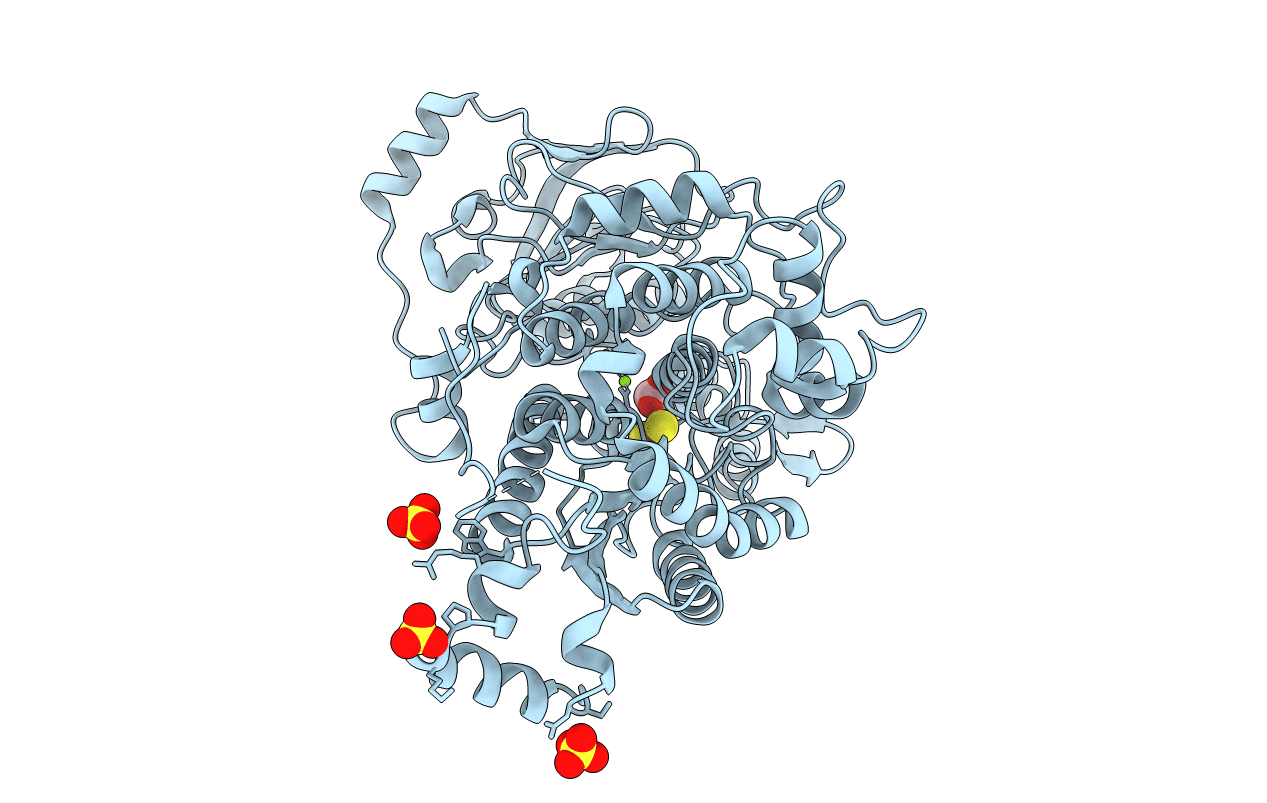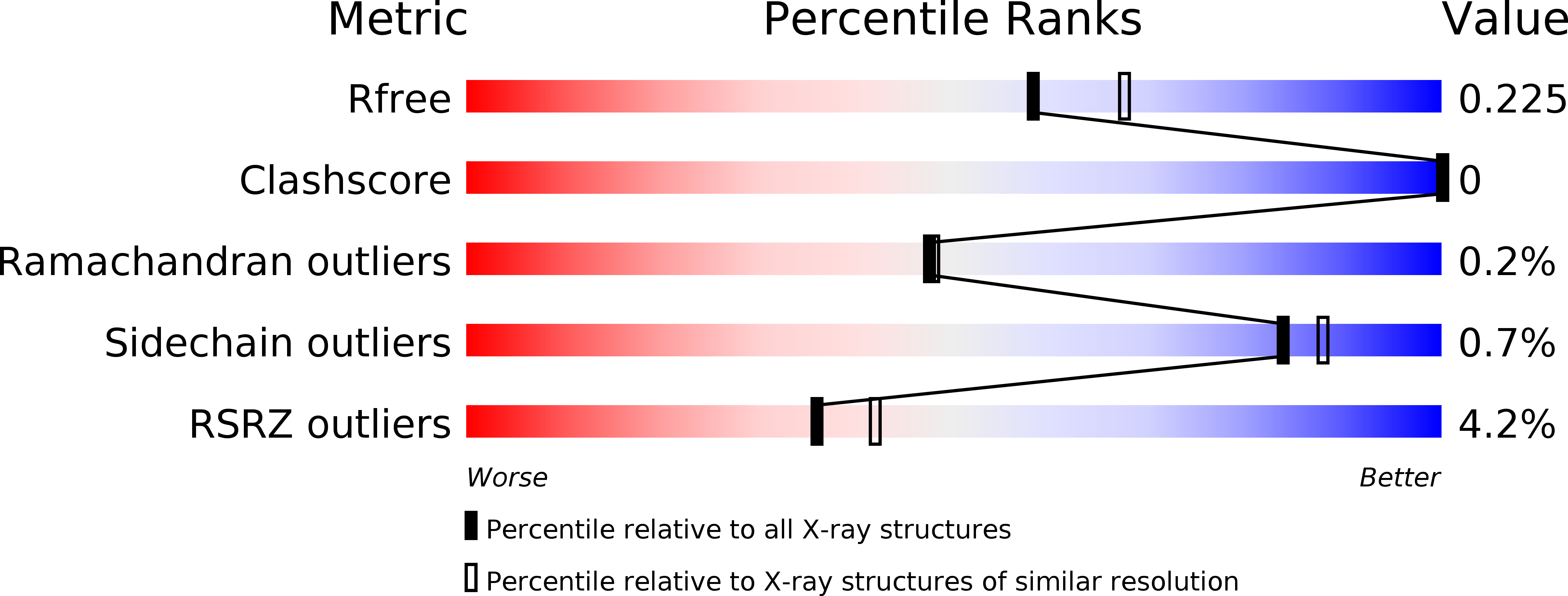
Deposition Date
2018-02-26
Release Date
2018-07-18
Last Version Date
2023-11-22
Entry Detail
PDB ID:
5ZE4
Keywords:
Title:
The structure of holo- structure of DHAD complex with [2Fe-2S] cluster
Biological Source:
Source Organism:
Arabidopsis thaliana (Taxon ID: 3702)
Host Organism:
Method Details:
Experimental Method:
Resolution:
2.11 Å
R-Value Free:
0.21
R-Value Work:
0.17
R-Value Observed:
0.17
Space Group:
P 42 21 2


